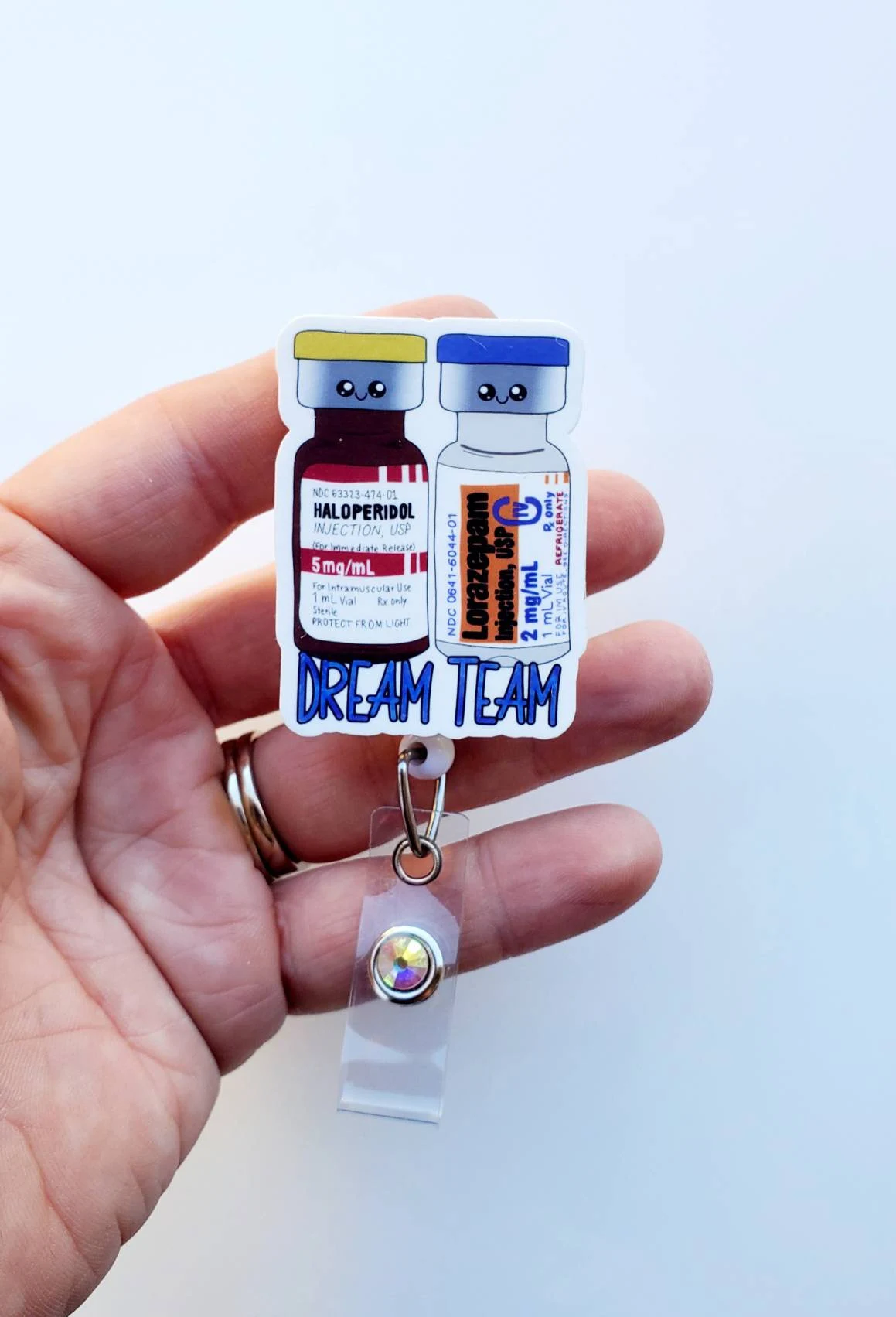Benadryl Ativan Haldol, In the realm of medications, Benadryl, Ativan, and Haldol serve distinct purposes, but they are sometimes used together in specific clinical settings. This article explores the uses, differences, and potential interactions of these three medications, shedding light on their roles in medical practice.
Benadryl (Diphenhydramine): An Antihistamine with Versatile Applications
Benadryl, a widely recognized over-the-counter medication, is primarily used to treat allergies, hay fever, and cold symptoms. Its active ingredient, diphenhydramine, works by blocking histamine, a substance in the body that causes allergic reactions.
Beyond its antihistamine effects, Benadryl is sometimes used as a mild sedative to manage insomnia or calm anxiety in non-severe cases. In emergency medicine, it is often included in protocols to manage allergic reactions, including anaphylaxis, due to its rapid action in countering histamine release.
Ativan (Lorazepam): A Benzodiazepine for Anxiety and More
Ativan is a prescription medication belonging to the benzodiazepine class. It is commonly prescribed for managing anxiety disorders, panic attacks, and seizures. Lorazepam, its active ingredient, works by enhancing the effects of gamma-aminobutyric acid (GABA), a neurotransmitter that calms brain activity.
Ativan’s sedative and anti-anxiety properties make it a go-to medication in acute care settings, particularly for controlling agitation, reducing seizure activity, or inducing sedation before medical procedures.
Haldol (Haloperidol): A Powerful Antipsychotic
Haldol is a potent antipsychotic medication used to treat schizophrenia, acute psychosis, and severe agitation. Haloperidol, its active ingredient, works by altering the effects of dopamine in the brain, helping to stabilize mood and reduce symptoms such as delusions and hallucinations.
In emergency and psychiatric settings, Haldol is often used for its calming effects on patients experiencing severe agitation or aggression.
The Combination of Benadryl, Ativan, and Haldol in Clinical Practice
In certain medical emergencies, such as severe agitation or aggressive behavior in psychiatric patients, these three medications may be administered together. This combination, sometimes referred to as a “B52 cocktail” (Benadryl 50 mg, Ativan 2 mg, and Haldol 5 mg), is commonly used in hospital settings to quickly calm agitated patients.
The combination works synergistically:
- Benadryl reduces allergic reactions and has sedative properties.
- Ativan provides anxiolytic and muscle-relaxant effects.
- Haldol controls psychosis and severe agitation.
It is essential to note that this combination is typically administered under close medical supervision to monitor for potential side effects, such as respiratory depression, excessive sedation, or extrapyramidal symptoms.
Key Considerations and Precautions
While Benadryl, Ativan, and Haldol serve important roles in medical care, they each come with risks:
- Benadryl can cause drowsiness, dry mouth, and confusion, particularly in older adults.
- Ativan carries a risk of dependency and withdrawal symptoms with prolonged use.
- Haldol can cause extrapyramidal side effects, including tremors and rigidity, as well as tardive dyskinesia with long-term use.
When these medications are used together, healthcare providers carefully weigh the benefits and risks, tailoring dosages to individual patient needs.
Conclusion
Benadryl, Ativan, and Haldol are powerful medications with distinct uses, yet they can be combined in specific medical situations to address severe symptoms effectively. Understanding their roles and risks underscores the importance of professional guidance when using these medications.
Always consult a healthcare provider before taking or combining these medications, as their improper use can lead to serious side effects or complications.
 RESEARCH CHEMICALS
RESEARCH CHEMICALS
